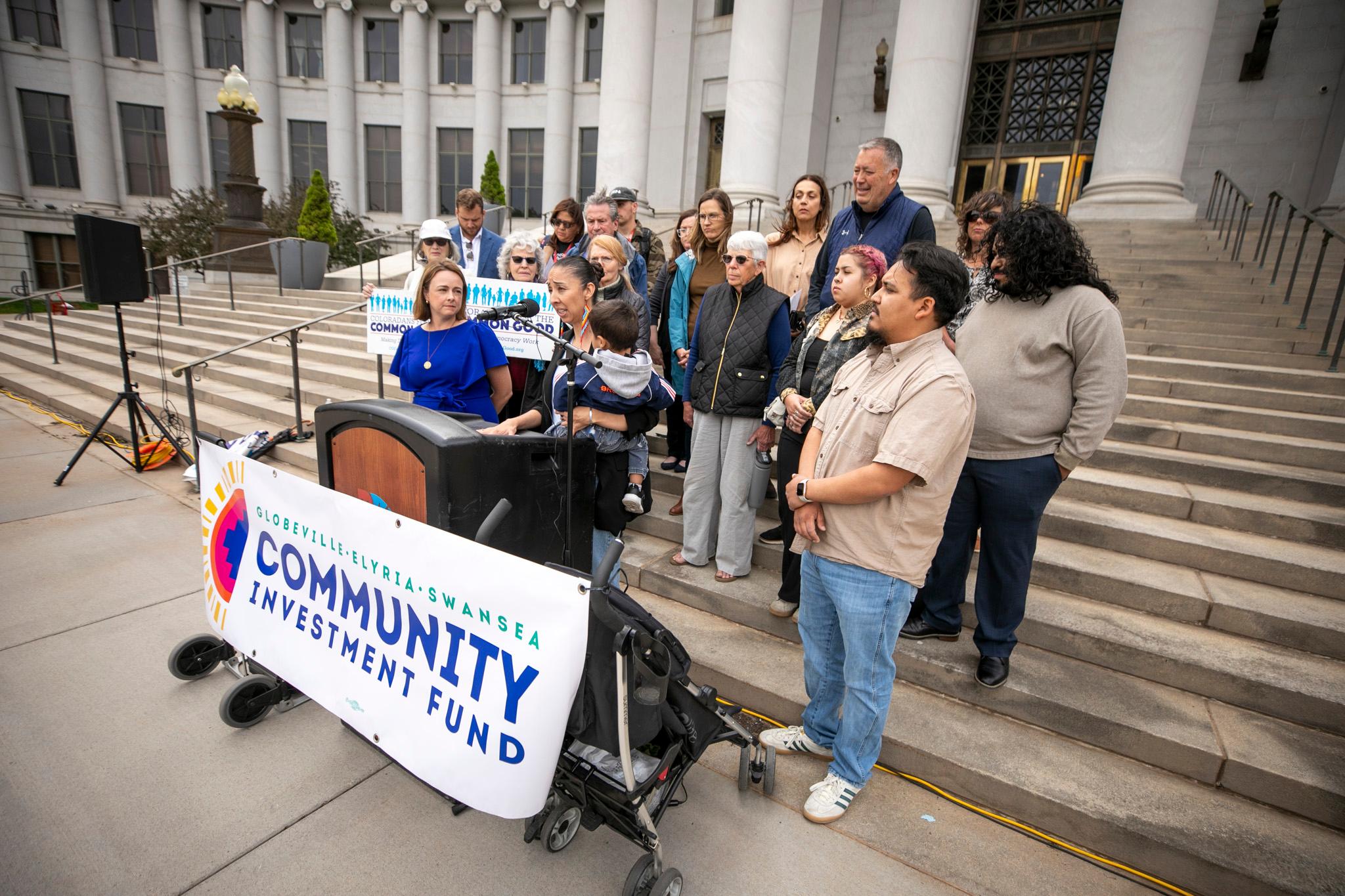Workers who have to show up in person for jobs are more likely to be cost-burdened when it comes to housing than remote workers, according to a new report by Chris Salviati, Apartment List's Senior Housing Economist.
Cost-burdened people spend more than the recommended 30 percent of their income on housing. Their homes are considered officially unaffordable, no matter how much annual income they have.
In the Denver metro area, 27 percent of remote workers are cost-burdened when it comes to housing, compared to the 17 percent who are in remote-work friendly professions, the report noted. Overall, that's worse than the nationwide rates.
"Nationally, 22.2 percent of employed adults who work in jobs that must be performed onsite live in cost-burdened households, compared to 15.8 percent of those working in remote-friendly occupations," Salviati writes. "In other words, onsite workers are 41 percent more likely to be burdened by their housing costs. Perhaps even more concerning, onsite workers are 70 percent more likely to be severely cost-burdened (8 percent vs 4.7 percent)."
The Los Angeles area has the highest rate of cost-burdened workers, while San Francisco has the biggest gap between remote and onsite workers. Denver also ranks highly when it comes to the gap, alongside New York City and Washington D.C.
"These are some of the nation's most expensive housing markets, putting significant financial strain on workers in lower-paid onsite occupations," according to Salviati. "At the other end of the spectrum, lower cost regions such as St. Louis and Cleveland have both less significant cost burden rates, and less extreme gaps between the two groups of workers."
Racial disparities are evident in the data.
"As is unfortunately true of many aspects of the housing market, cost burden rates exhibit significant disparity when broken down by race and ethnicity," the report stated. "Cost burden rates are worst for Black and Hispanic households, and least severe for white households, regardless of occupation type."
The data the study is based on document pre-COVID life.
"Given that the analysis in this report is based on data that precedes the pandemic, it's natural to wonder how these trends have been evolving in recent years," Salviati wrote. "It may be some time before official Census data paints a complete picture, but other available data points can provide clues."
Rent and home prices have both increased dramatically during the pandemic, suggesting people may be more burdened by housing costs than they were before.
"Although wages are actually growing faster now than they were before the pandemic, that growth has not kept pace with rising housing costs," Salviati writes.
City brass acknowledge Denver is in the midst of an affordable housing crisis.
The Department of Housing Stability and Community Planning and Development are working on their Expanding Housing Affordability proposal to push developers to build more income-restricted housing through either units built or linkage fees that would go into the city's Affordable Housing Fund.
There are many ways to get involved as the city finalizes its proposal.










